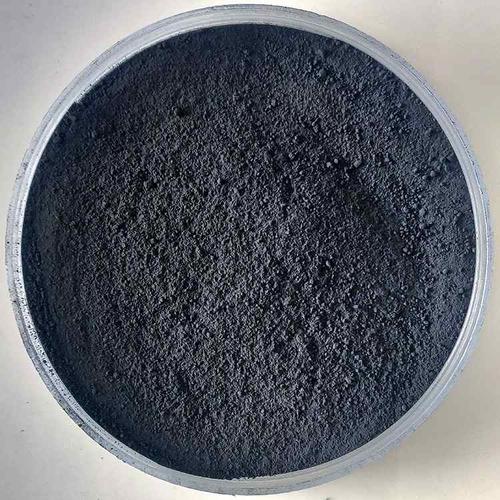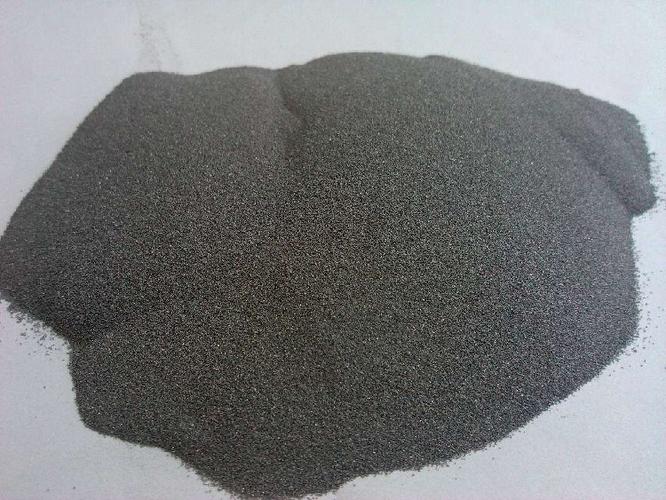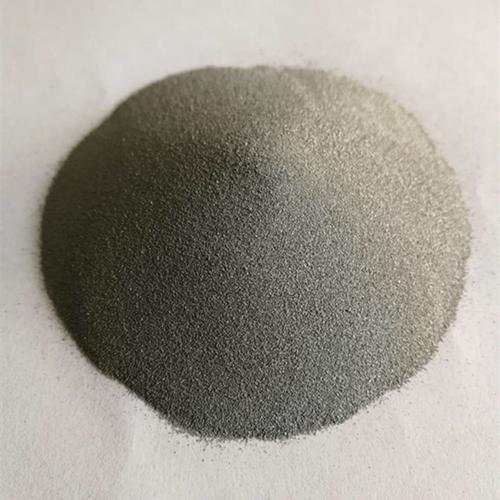Galvanized Metal Makeover: Picking the Right Powder Coat for a Flawless Finish
(What Powder Coat Powder To Use On Galvanized Metal)
So you’ve got a pile of galvanized metal sitting around, and you’re itching to give it a fresh, vibrant look. Maybe it’s a rusty old fence, a dull garden bench, or some industrial parts that need a style upgrade. Powder coating seems like the perfect solution—it’s tough, glossy, and lasts forever. But here’s the catch: galvanized metal isn’t the easiest surface to work with. Slap on the wrong powder, and you might end up with peeling, bubbling, or a finish that flakes off faster than cheap nail polish. Let’s break down how to choose the best powder coat for galvanized metal without turning your project into a DIY disaster.
First off, why is galvanized metal so finicky? The answer lies in its secret weapon: zinc. Galvanized steel gets dipped in molten zinc to create a protective layer that fights off rust like a superhero. Great for longevity, bad for paint adhesion. That slick zinc surface repels liquids, including liquid paints—and powder coat, which is technically a dry paint, has its own challenges. If you don’t prep right or pick the wrong powder, you’ll watch your hard work chip away after the first rainstorm.
Now, the million-dollar question: what powder coat works best? The short answer is powders designed to bond with tricky surfaces. Look for powders labeled “for galvanized metal” or “high-adhesion.” These usually fall into three categories: epoxy, polyester, and hybrid blends. Let’s dive in.
Epoxy powders are the old-school heavyweights. They stick like glue to metal surfaces, even slick ones. They’re tough, chemical-resistant, and perfect for indoor projects or items that won’t face constant sunlight. The downside? Epoxy can chalk or fade over time if left outdoors. Think garage shelves, tool racks, or workshop equipment—epoxy’s your friend here.
Polyester powders are the outdoor enthusiasts. They’re UV-resistant, color-stable, and handle weather like a champ. If your project lives outside—say, patio furniture, light poles, or garden art—polyester is a safer bet. It flexes slightly with temperature changes, reducing cracks or chips. Just make sure the metal is properly prepped.
Hybrid powders mix epoxy and polyester. They’re the middle ground, offering decent durability and UV resistance. These work well for items that split time indoors and outdoors, like bicycle frames or decorative gates. They’re versatile but might not excel in extreme conditions.
Here’s the kicker: no powder will save you if the metal isn’t prepped right. Galvanized surfaces need a good scrub to remove oils, dirt, or that waxy film leftover from manufacturing. A quick wipe with a solvent like acetone helps. Some pros lightly sand the surface or use a phosphoric acid wash to etch the zinc, giving the powder something to grip.
Temperature matters too. Powder coating requires baking the metal in a curing oven. Galvanized steel can handle heat, but crank it too high, and the zinc might release gases, causing pinholes in the finish. Follow the powder manufacturer’s curing guidelines—usually between 300°F and 400°F.
One last tip: test a small area first. Even with the right powder and prep, weird things can happen. A test run saves you from redoing an entire project.
(What Powder Coat Powder To Use On Galvanized Metal)
In the end, picking the right powder coat for galvanized metal boils down to three things: knowing where the item will live, prepping the surface like a pro, and choosing a powder that matches your needs. Get these right, and you’ll turn that bland galvanized steel into a head-turning masterpiece that lasts for years.
Inquiry us
if you want to want to know more, please feel free to contact us. (nanotrun@yahoo.com)


